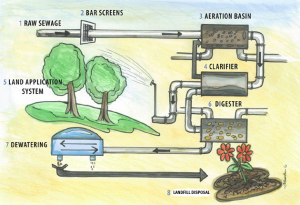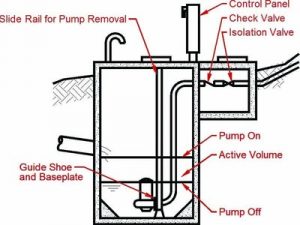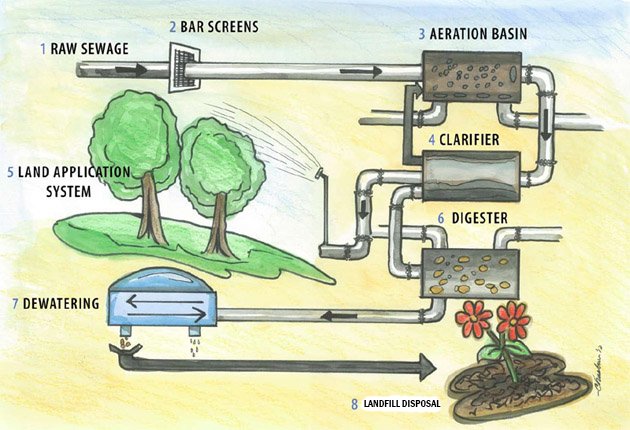Source: http://romtecutilities.com/
LIFT STATION
Wastewater treatment is an important process, used for removing contaminants from wastewater so it could be discharged back into the water cycle with minimum impact on the environment.
Drainage systems were invented during the Ancient Rome times. They consisted in surface conduits that were used to collect drainage water and spill it into the Tiber river.
As the time went on, the threat to public health became real. Therefore, after the middle of the 20th century some systems of treating the wastewater were discovered and implemented.
Wastewater treatment consists of several stages :
- Collecting the wastewater from homes and business buildings into a system of pipes, and then discharging it in treatment plants
- The treatment of the wastewater that allowes it, afterwards, to be rendered into the water cycle.
DEFINITION OF LIFT STATION
Wastewater flows through the system of collecting pipes due tot the gravity. Both lower and higher elevation facilities such as pumps and equipment are being used during these procedures. They are generally named lift stations.
Those are often installed in an enclosed structure.

Source: https://www.dutil.com
TYPES OF LIFT STATIONS
When a lift station is being built, one of the first decisions that has to be taken is: what type of design should the producers use: traditional, with pumps installed in a dry well or wet well with submersible pumps. Conventional dry well stations are composed of an inground substructure. There is a wall that divides it in wet and dry well. Over the surface, another structure that contains control and electrical equipment, and also auxiliary equipment (ventilation, lighting, maintenance, etc.) exists. It provides personnel access into the dry well.
Since the technology of submersible pumps has been discovered, wet well lift stations have become more and more used. The advantages are that they are less costly, have a smaller footprint and the valves, headers can be enclosed for easiest access in a valve vault. The disadvantages are that submersible pumps need to be repaired frequently because of the stringent requirement of sealing.
LIFT STATION COMPONENTS
A lift station includes more elements:
- Wastewater receiving well. For removing coarse materials it is equipped with a screen or grinding tools. It is a cell emptied when a predetermined level is reached.
- Pumps, pipes, compressors with associated valves. They create the sewer force used for pumping the sewage upwards.
- Electric motors
- Power supply system
- Systems for ventilation and odor control
- Alarm system

Source: https://www.mswmag.com/
For the wastewater to be collected and effectively treated all those parts must be in working order.




Leave A Comment